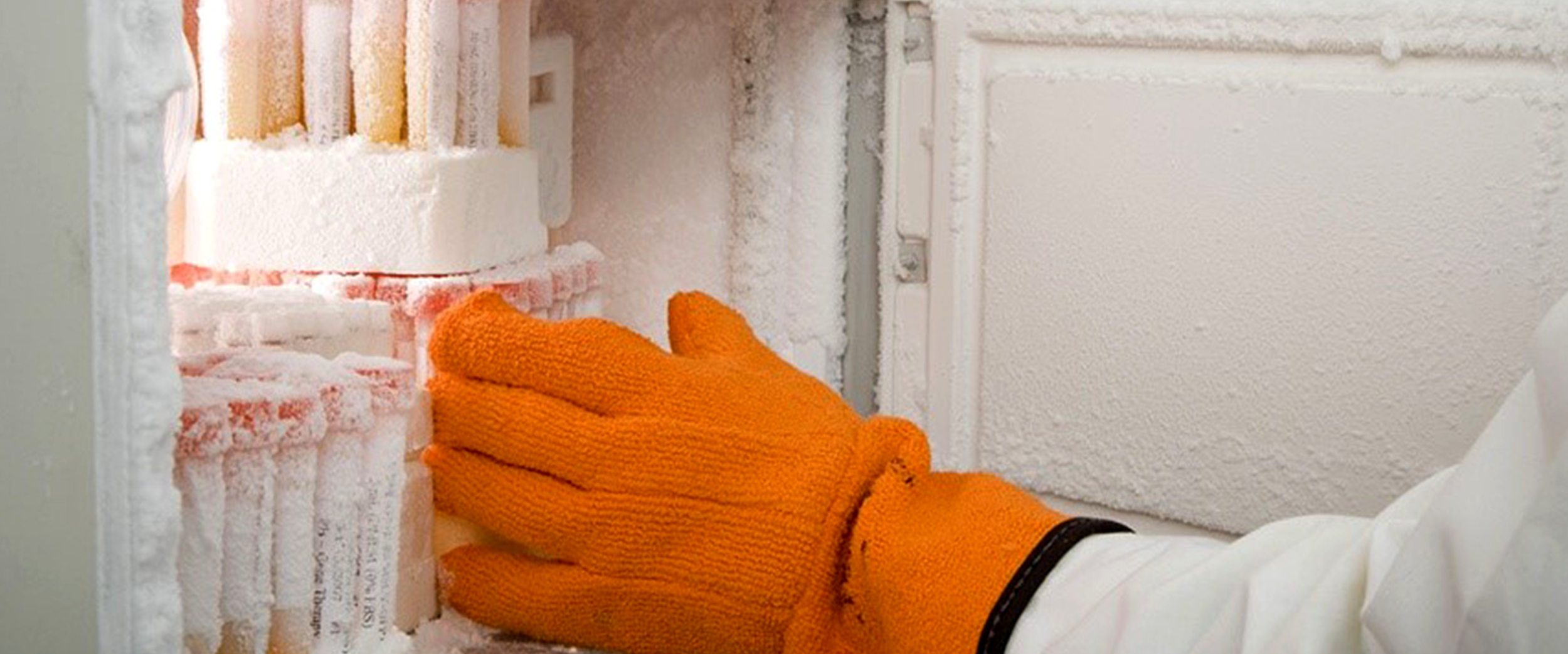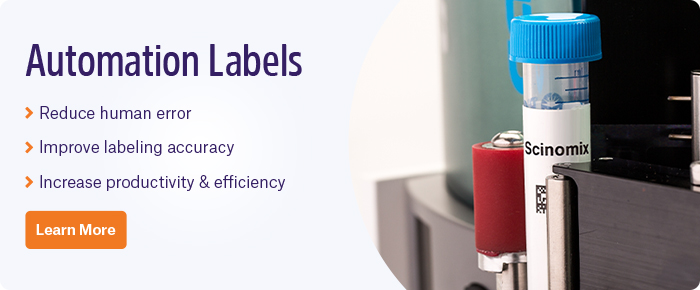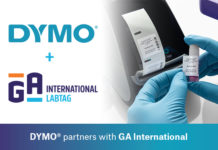![]() Working in the lab can be both creatively inspiring, allowing you the ultimate freedom to plan, execute, and test your own experimental theories, and extraordinarily restrictive. Lab space is always an issue, especially for small labs that use large equipment, such as HPLC machines and mass spectrometers, so making your lab more organized is key for improving productivity.
Working in the lab can be both creatively inspiring, allowing you the ultimate freedom to plan, execute, and test your own experimental theories, and extraordinarily restrictive. Lab space is always an issue, especially for small labs that use large equipment, such as HPLC machines and mass spectrometers, so making your lab more organized is key for improving productivity.
Organizing your bench space
The bench is where scientists spend most of their time. It’s no coincidence that it’s also one of the likeliest to become cluttered, disorganized, and dusty. Each day, bottles are used to prepare new solutions, while pipettes, tip boxes, consumables, and paperwork can quickly pile-up, covering your working area. Staying organized is key to maintaining a clean and uncluttered bench space. The use of hooks for your pipettes will keep them off the bench and always within reach. Moreover, labeling your bottles and other consumable can also help keep your bench organized and improve your overall efficiency. By printing labels for bottles with a sufficiently large font, it’s easier to group them together, sort them, and grasp the right bottle when needed. If you apply removable labels to re-usable bottles, it keeps them looking cleaner and makes it possible to re-label them without any extraneous adhesive dirtying the side of the bottle.
Keep in mind that, to identify bottles filled with solutions, thermoplastic labels are recommended, as general-use paper labels will become wet and peel off. For bottles containing harsh solvents, acids, or bases, chemical-resistant labels are preferred, as they are much less likely to fail. Furthermore, always clean and disinfect your work bench after each experiment. This will not only keep your bench clean; it will also ensure you have space available to you for other tasks that might come up.
Managing inventory with a LIMS
Managing inventory, even for a relatively small lab, requires a system. The best type of system for this is a laboratory information management system (LIMS), which monitors workflow and inventory simultaneously, often through a cloud-based interface that multiple users can access on various devices. As inventory is consumed in a given workflow, the LIMS will account for it, alerting the users when an item requires replenishing. It can also keep track of the location of your specimens and samples, right down to the rack, box, row, and column.
When using a LIMS, barcode or radio-frequency identification (RFID) labels are necessary to monitor your laboratory inventory. RFID is ideal for samples stored in freezers and refrigerators, as they allow your inventory to be continually monitored without needing to remove samples or reagents from storage. Furthermore, cryogenic barcode labels can be employed for inventory stored in ultra-low temperature freezers or liquid nitrogen Dewars. Using a LIMS will also let you monitor the lifespan of your inventory, so you’ll be able to identify solutions or samples that are about to expire; removing expired or nearly expired inventory can not only help free up a ton of space on your bench as well as your refrigerators, freezers, and Dewars, but also help ensure your experiments don’t fail due to a faulty reagent.
 Maximize space with common-use equipment
Maximize space with common-use equipment
Space is always at a premium in the lab, with certain benches dedicated to particular assays and specialized equipment (e.g. centrifuges, water baths, vortexes) taking up valuable space. As such, making the most of what limited space is available is highly recommended. It is therefore imperative that the equipment you do bring into the lab leave as small of a footprint as possible. One possible solution is to share common-use equipment, like nanodrops and spectrophotometers, across labs, reducing the need for each lab to allocate space for multiple machines.
Common-use equipment can also include your label printer. Before deciding on a label printing method, it’s worth considering the trade-off between the type of label printer you need and the space you can allocate it. To save some space, consider using the laser or inkjet printer you likely already have in the lab to print labels. While this is a valid option for those who only require a digital printout, it has its drawbacks, including the primarily the high cost of ink cartridges and toner. It also forces you to print entire label sheets, as repeated passes through the printer would likely lead to jamming. Unlike print-on-demand systems (like thermal-transfer printers), which allow you to label as you go, laser or inkjet printing can lead to a higher rate of labeling error. Thermal-transfer printouts also provide the most resistance against harsh laboratory environments, from cold storage to chemical exposure. Luckily, most of these printers are relatively small, so they won’t take up much room on your bench. Furthermore, direct thermal printers are exceptionally small and portable; unfortunately, direct thermal labels are a poor choice for harsh lab environments, especially sterilization, as they turn completely black when exposed to heat or organic solvents.
Another option is using automated print-and-apply systems. While a bit costly upfront, these systems more than make up their initial costs in saved time and increased efficiency. Automated labelers are another piece of equipment that can be shared across labs, minimizing setup costs, and with the ability to label several hundreds of samples a day, even with multiple users, should never be to busy for your samples.
Space allocation is always an issue, no matter what lab you work in. Even small equipment, like microscopes and water baths, can take up significant amounts of space, making it difficult to work when others around you are trying to squeeze in. With the right mind set, you can organize your lab much more efficiently, allocating solutions, samples, and inventory where needed instead of haphazardly placing them on the bench or into the freezer. Staying organized, managing your inventory, and using labels to properly identify your samples, reagents, and equipment are all helpful ways to achieve this. Ultimately, you save yourself space, making it that much easier to succeed.
LabTAG by GA International is a leading manufacturer of high-performance specialty labels and a supplier of identification solutions used in research and medical labs as well as healthcare institutions.



